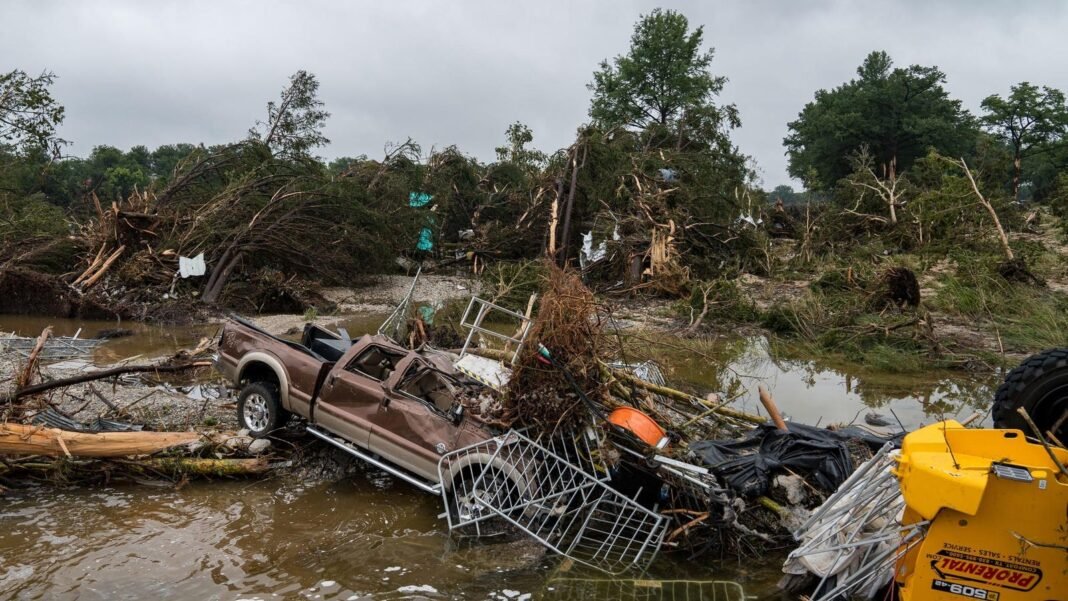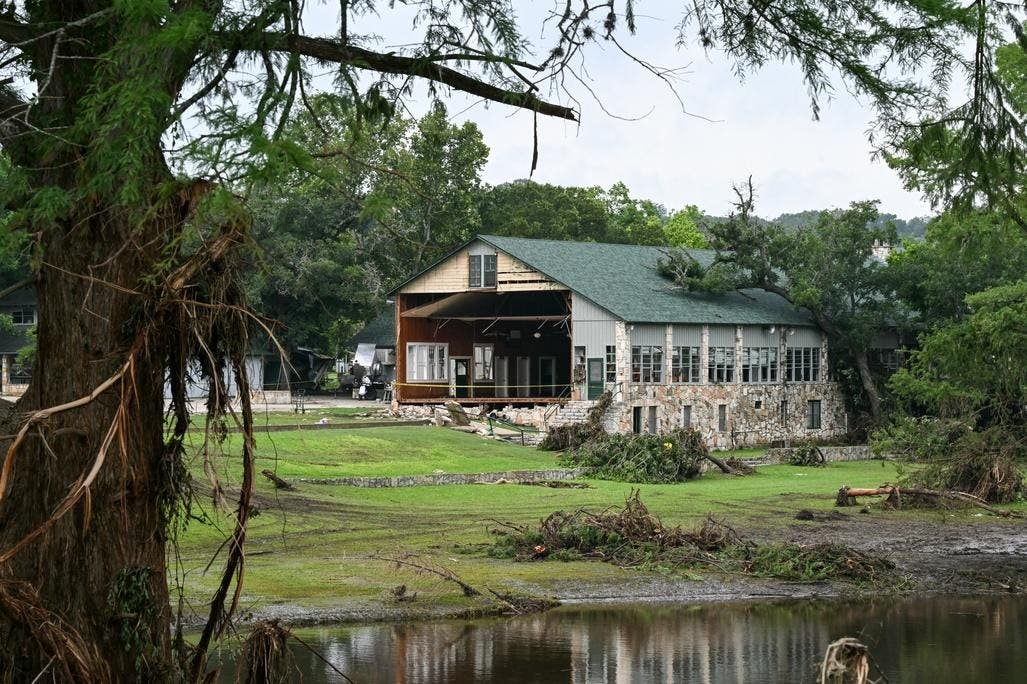Evaluating Texas Flood Response: Weather Alerts and Staffing challenges
Forecasting Accuracy and Early Warning Systems
Texas emergency agencies initiated flood preparedness measures as early as July 2,anticipating severe storms and heavy rainfall. the National Weather Service (NWS) issued its first flood watch on July 3 at 1:18 p.m. CDT, escalating to a flood warning by 11:42 p.m.that same day. Shortly after midnight on July 4, residents in vulnerable zones received urgent text alerts describing the situation as “perilous and life-threatening.”
While forecasts predicted up to six inches of rain across central Texas, actual precipitation far surpassed expectations in some areas-exceeding 20 inches during the holiday weekend. As an example, the Guadalupe River rose over 20 feet within just three hours on July 4, demonstrating an extraordinary weather event beyond typical projections.
Insights from Texas leadership on Warning Effectiveness
Kerr County Judge Rob Kelly remarked on the unprecedented nature of this flooding despite prior advisories: “Floods are common here; however, this event was unlike anything we’ve encountered before.” Governor Greg Abbott echoed these sentiments, acknowledging that even though warnings about heavy rain and flash floods were disseminated timely, they may not have fully conveyed the extreme severity of a near-30-foot surge of water that overwhelmed local communities accustomed to smaller-scale flooding.
The controversy Over NWS Staffing Levels During Crisis
The adequacy of personnel at National Weather Service offices became a subject of debate following reports highlighting staff shortages in key locations such as San Antonio and San Angelo during critical pre-flood periods.Media coverage pointed out vacancies like an unfilled warning coordination meteorologist role in San Antonio after a seasoned expert retired amid federal workforce reductions implemented under previous administrations aimed at streamlining NOAA operations.
Despite these concerns, representatives from the NWS employees union asserted that existing resources remained sufficient for accurate forecasting throughout the emergency.
NWS’s Defense Regarding Forecast Timeliness
The National Weather Service underscored their prompt issuance of multiple flash flood warnings starting late afternoon on July 3 through early morning hours on July 4. These alerts provided lead times exceeding three hours-ample opportunity for affected populations to prepare or evacuate if necessary.
Officials within Homeland Security commended these efforts while noting ongoing initiatives to modernize alert systems long overdue for upgrades across federal agencies.
Political Discourse Around Accountability Measures
The White house press secretary dismissed allegations linking past budget cuts or staffing decisions directly with any deficiencies in flood response efforts as “despicable lies,” emphasizing unity over political division during crisis management.
In contrast,Senate Minority Leader Chuck Schumer called for formal investigations into whether understaffing contributed to forecast delays or inaccuracies from regional NWS offices-a position supported by Representative Joaquin Castro who advocated for inquiry without immediate blame but stressed concerns about missing critical personnel amid emergencies.
A Contemporary Overview of Emergency Alert Systems
- Technological Advancements: today’s emergency alert frameworks combine smartphone notifications with traditional sirens and broadcast messages; however ensuring rapid delivery to vulnerable groups remains challenging amidst fast-evolving conditions.
- User Comprehension: Public interpretation varies widely-terms like “flash flood” often lack sufficient context unless paired with localized education tailored toward community experiences with natural disasters.
- Larger Crisis Trends: So-called “100-year storms” are occurring more frequently due partly to climate change intensifying extreme weather events nationwide-including record rainfall totals recently documented beyond Texas alone.
Toward Improved Preparedness Amid Escalating Climate Risks
“Prosperous disaster mitigation depends not onyl upon precise forecasting but also clear interaction strategies continuously adapted based on evolving environmental realities.”
This recent catastrophe highlights how even robust systems can be overwhelmed when faced with extraordinary natural forces. It underscores an urgent need for sustained investment-not only technologically but also institutionally-in staffing expertise and public outreach programs designed to protect communities against future disasters matching or exceeding those witnessed over this past Independence Day weekend in texas.





